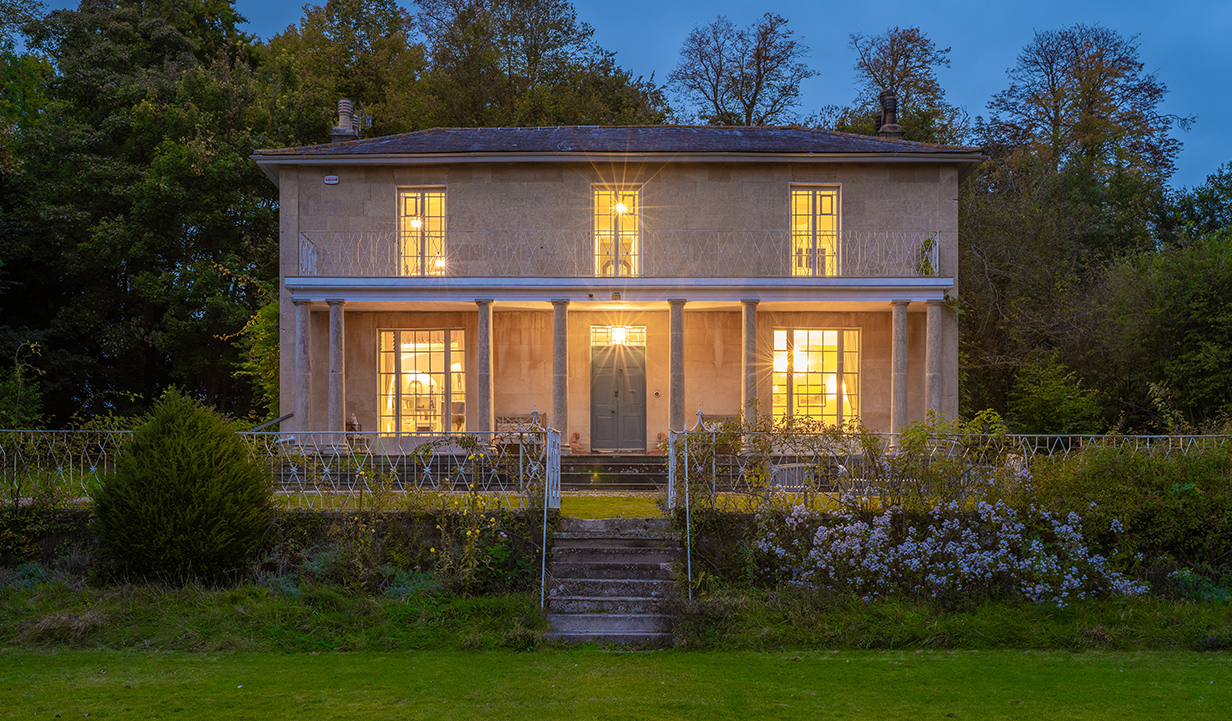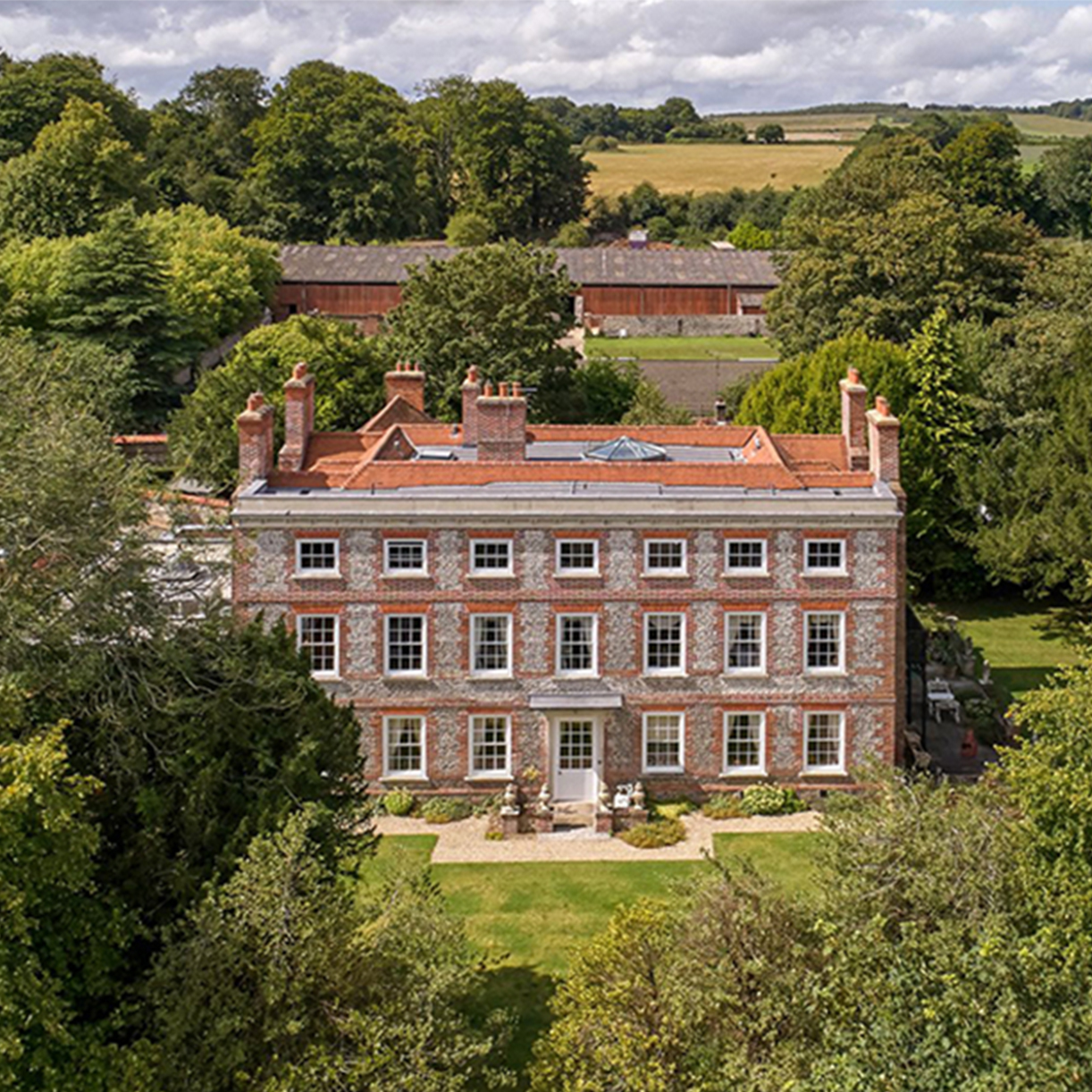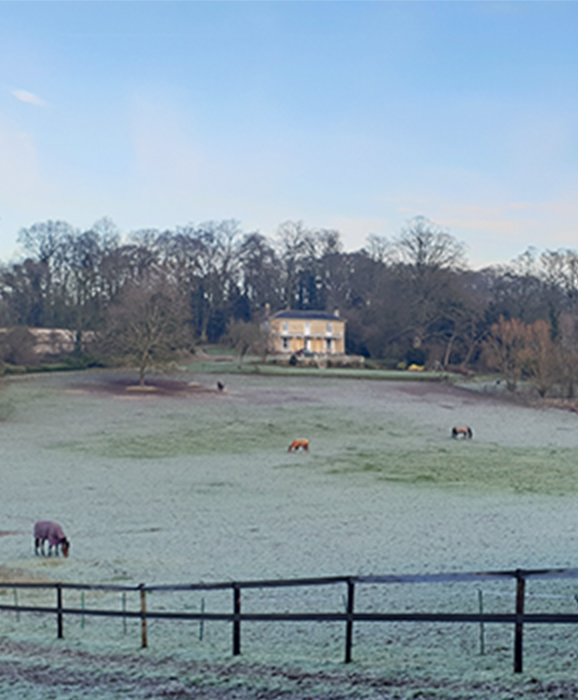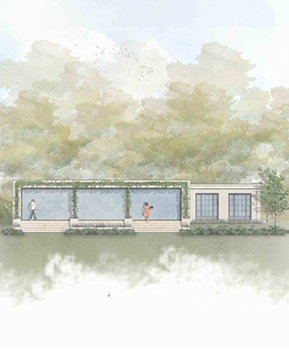Grade I, II* or II - what's the difference?
In the UK, a listed building (or structure) is one which has been determined to be of national interest. These buildings are then assigned “grades” based on their architectural and historic significance and a register of them kept on the National Heritage List by Historic England. There are three types of grade in England and Wales, with Scotland and Northern Ireland following similar systems to classify their listed buildings.
Only about 2.5% of all listed buildings are designated Grade I – these are buildings that are of exceptional interest of the highest significance. They are considered to be of outstanding national importance and are heavily protected to ensure their preservation for future generations.
A large proportion of Grade I listed buildings are churches but the category also covers residential buildings such as stately homes, bridges and other structures.
Examples of famous Grade I listed buildings include St Paul’s Cathedral, Blackpool Tower, Clifton Suspension Bridge and Salisbury Cathedral.
The next highest category of listed buildings is Grade II*, which relates to particularly important buildings of more than special interest. Around 5.8% of listed buildings are designated with this grade. They have often been listed due to a specific architectural feature that increases their historical significance. Again, a small proportion of these are private homes.
Examples of Grade II* listed buildings include Battersea Power Station, London’s Coliseum Theatre and Liverpool Metropolitan Cathedral.
The remaining 91.7% of all other listed buildings fall under Grade II, which covers structures that are of special interest. It is the most likely grade of listing for a homeowner, although also includes churches, theatres, railway stations and even footbridges!

The listings not only acknowledge the importance of a building, assessing its architectural, historical, and cultural significance; it also places certain responsibilities on its owners to ensure its preservation and correct management. Furthermore, any buildings that fall within the curtilage of a listed building are treated as part of the listed building – such as a barn or outbuilding in the curtilage of a listed manor house. A curtilage listed building has to be assessed on the impact it has on the setting of the listed building.
When planning renovations, alterations and/or energy-saving interventions, the grade of a listed building plays an important role. Grade I constructions usually follow much stricter regulations to preserve their historic fabric, while Grade II and II* may have more flexibility. The specific guidelines vary and consultation with the relevant conservation and heritage authorities is necessary to properly navigate these regulations. Work to any listed building is likely to require Listed Building Consent from the local council.
We are passionate at Richmond Bell about working with the heritage assets that make our country special. We would be delighted to discuss the options for your listed property, so please do contact us.
All Insights

View Project
Grade II* Country House, Wiltshire

Read More
How Can I Make My Listed Building Warmer?

Read More
Listed Building Planning Permissions
Contact Us